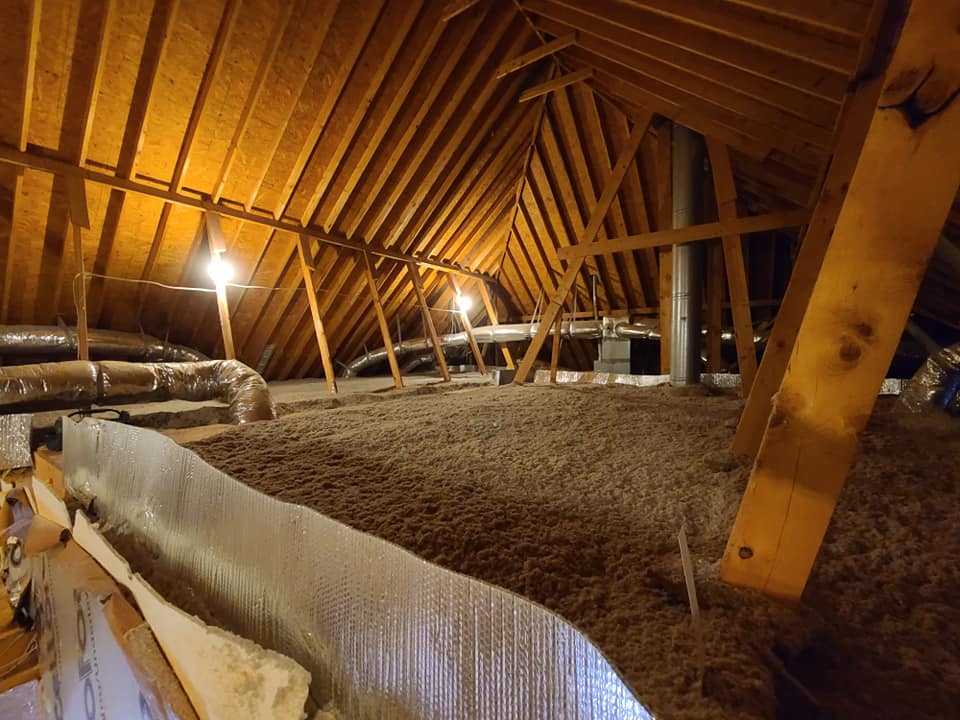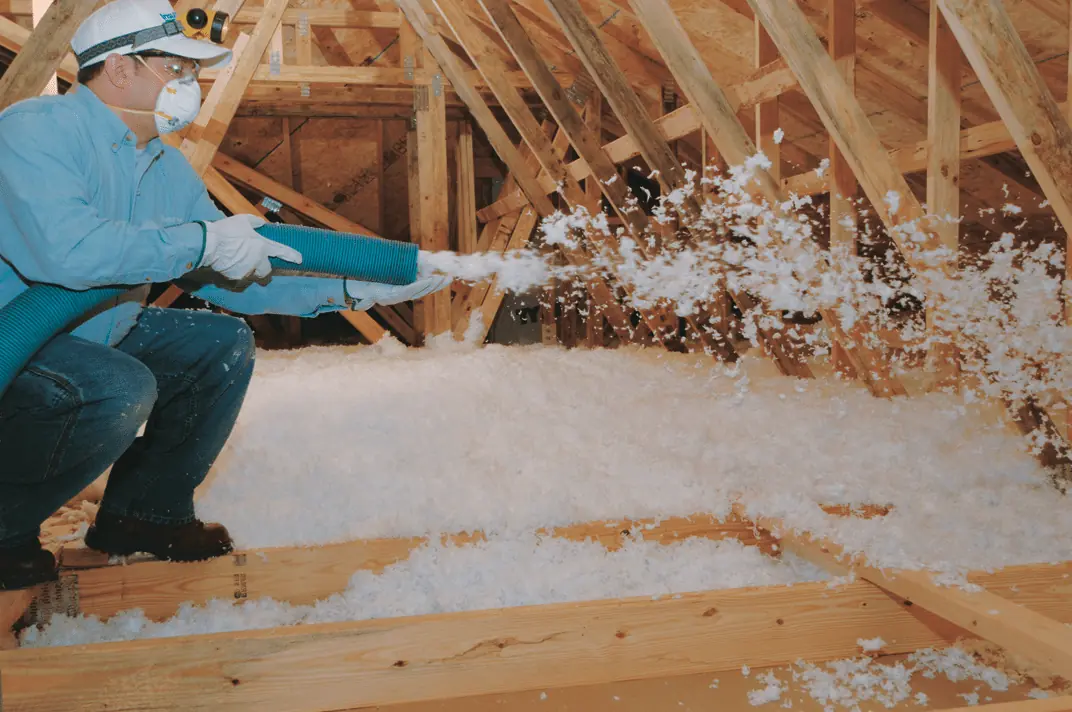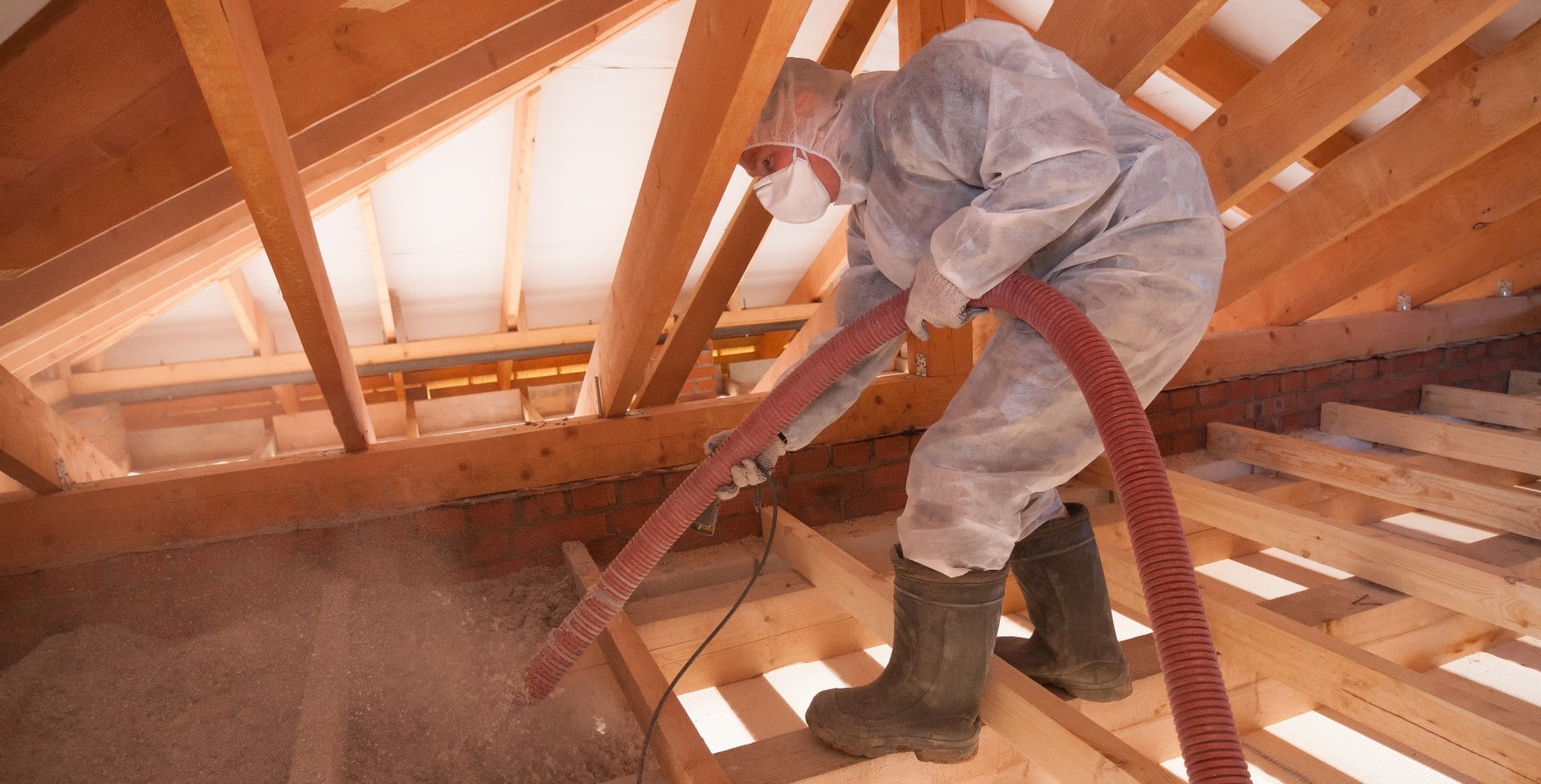Attic Insulation DFW: What You Need to Know Prior To Updating Your Insulation
Attic Insulation DFW: What You Need to Know Prior To Updating Your Insulation
Blog Article
Discover the Different Sorts Of Attic Insulation and Their Distinct Benefits for Your Home's Power Performance

Fiberglass Insulation
Fiberglass insulation is among the most commonly utilized products for attic room insulation because of its excellent thermal efficiency and cost-effectiveness. Made up of tiny glass fibers, this material effectively traps air, developing an insulating obstacle that helps preserve regular interior temperature levels. Its high R-value per inch makes it particularly effective at standing up to heat transfer, which is important for energy conservation in homes.
Installment of fiberglass insulation is reasonably straightforward, commonly readily available in batts or loose-fill forms, fitting numerous attic setups. In addition, it is non-combustible and resistant to dampness, reducing the risk of mold and mildew advancement. This toughness adds to its long life, making fiberglass a sensible long-term investment for homeowners.
Moreover, fiberglass insulation is usually made from recycled materials, which boosts its eco-friendliness. The material can also add to soundproofing, reducing noise transfer between spaces. While it is vital to put on safety gear throughout installment to stay clear of irritability from the fibers, the general benefits of fiberglass insulation, including energy financial savings and ecological factors to consider, make it a prominent option for boosting attic room efficiency and advertising a comfy living atmosphere.
Spray Foam Insulation
Spray foam insulation is a highly effective option for attic insulation, known for its superior air securing and thermal performance. This innovative insulation product is made up of a blend of isocyanate and polyol resin, which, when incorporated, increases quickly to fill voids and tooth cavities in the attic room. Its capability to abide by different surfaces ensures a continual obstacle versus air leaks, significantly decreasing warm loss during cooler months and heat gain during warmer periods.
One of the crucial benefits of spray foam insulation is its high R-value per inch, which indicates it supplies outstanding thermal resistance in a reasonably slim application. This is especially beneficial in attic rooms where space is frequently limited. Additionally, spray foam can help decrease moisture accumulation, minimizing the risk of mold and mildew and mold development, which can be detrimental to both the framework and indoor air high quality.
While the initial price of spray foam insulation may be more than typical choices, its lasting energy cost savings, coupled with raised comfort and boosted home worth, make it a worthwhile financial investment for property owners looking for boosted energy performance. Attic Insulation DFW. In general, spray foam insulation attracts attention as an effective option for maximizing attic insulation
Cellulose Insulation

Cellulose insulation is a popular choice for attic room insulation, mostly composed of recycled paper products treated with fire retardants. This ecologically pleasant choice is known for its superb thermal efficiency, efficiently reducing warm transfer in both summer and cold weather. The thick composition of cellulose enables it to fill gaps and spaces in attic areas, offering a seamless barrier versus air leaks.
Among the substantial advantages of cellulose insulation is its capability to stand up to mold and bugs, owing to the fire retardant therapies utilized throughout manufacturing. Furthermore, it boasts a high R-value per inch, which translates right into superior power effectiveness. Homeowners can expect reduced cooling and heating prices as an outcome of improved insulation.
Setup is usually accomplished through blowing loose cellulose right into the wanted location, permitting for a effective and quick process. This technique additionally decreases disturbance to the existing structure. Additionally, cellulose insulation has a fairly reduced ecological effect, as its manufacturing procedure makes use of recycled products, adding to sustainable building methods.
Rock Woollen Insulation
Amongst the numerous alternatives for attic room insulation, rock wool, also understood as mineral wool, sticks out due to its outstanding thermal and acoustic performance. Made from recycled or natural products, rock wool is produced by melting rock and spinning it into fibers, resulting in a product that offers outstanding insulation residential or commercial properties.
One of the considerable advantages of rock wool insulation is its high R-value, which shows its performance in resisting warmth flow. This particular not just enhances energy efficiency yet also adds to keeping a comfy indoor temperature level year-round. Additionally, rock woollen is naturally fire-resistant, making it a much safer option for homes as it can stand up to high temperatures without melting or releasing harmful fumes.
In addition, rock woollen insulation succeeds in soundproofing capabilities, properly lowering sound transmission in between rooms and from outside sources. Overall, rock wool insulation supplies a comprehensive option for enhancing power performance, safety, and comfort in residential settings.
Glowing Obstacle Insulation
Glowing obstacle insulation works as an efficient remedy for reducing visite site warmth transfer in attics, especially in warmer environments. This sort of insulation jobs by reflecting radiant heat away from living areas, therefore decreasing the amount of warm that goes into a home throughout hot weather condition - Attic Insulation DFW. Normally composed of a very reflective material, such as aluminum foil, glowing barriers are set up in attics, dealing with the roofing, where they can obstruct inbound warmth from the sunlight
The key advantage of glowing barrier insulation is its ability to lower cooling costs. By showing heat rather than absorbing it, radiant obstacles can assist preserve a more steady interior temperature, decreasing the workload on air conditioning systems. visit site This performance converts right into reduced energy bills and enhanced comfort for homeowners.
In addition to energy cost savings, radiant obstacles can additionally add to improved indoor air top quality. By minimizing warmth buildup, they aid decrease humidity degrees, which can stop mold and mildew growth and improve general air blood circulation. When set up properly, glowing barrier insulation can be a very useful addition to any type of energy-efficient home, making it a deserving consideration for homeowners looking to enhance their attic insulation approach.
Final Thought
In final thought, understanding the various sorts of attic room insulation-- fiberglass, spray foam, cellulose, rock wool, and glowing barriers-- enables home owners to make educated choices pertaining to power efficiency. Each insulation kind presents one-of-a-kind benefits, such as exceptional thermal resistance, dampness management, and sound attenuation. By picking the suitable insulation material, significant reductions in power Full Report costs can be accomplished, along with enhancements in interior comfort. Eventually, the right selection adds to an extra sustainable living atmosphere and advertises general power conservation.

In final thought, understanding the various types of attic room insulation-- fiberglass, spray foam, cellulose, rock wool, and glowing obstacles-- allows home owners to make enlightened decisions pertaining to energy effectiveness.
Report this page